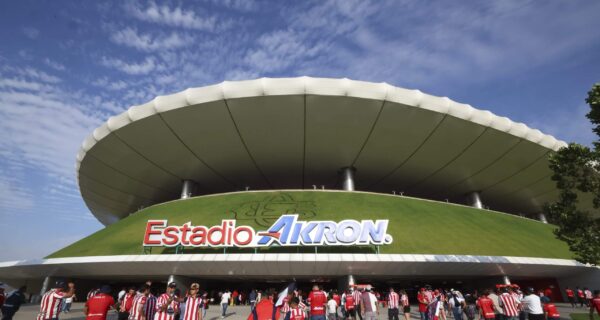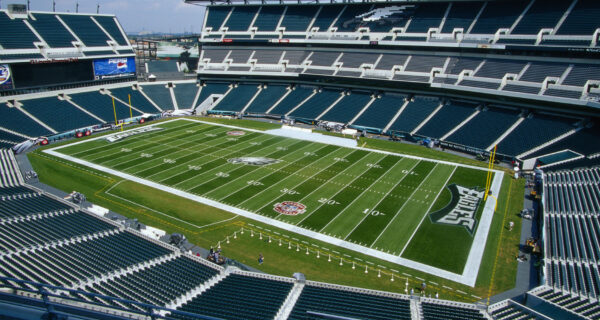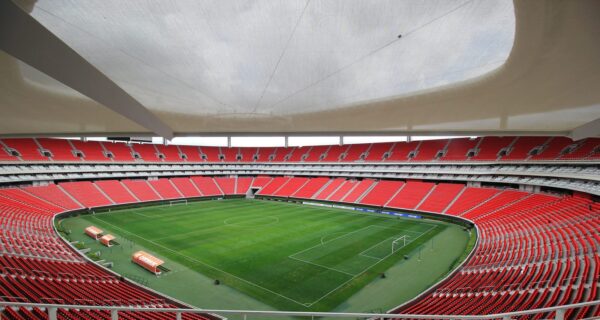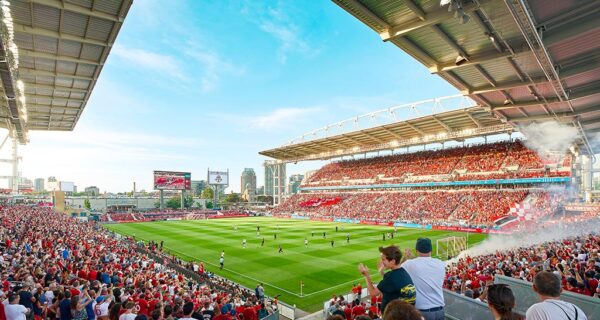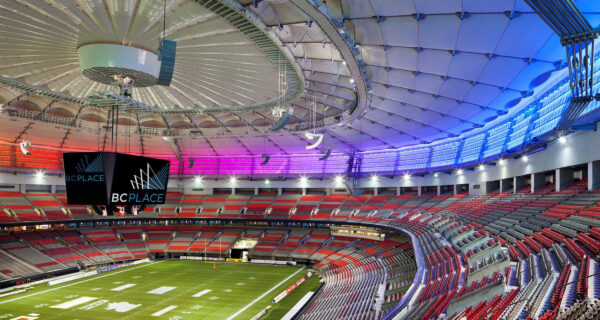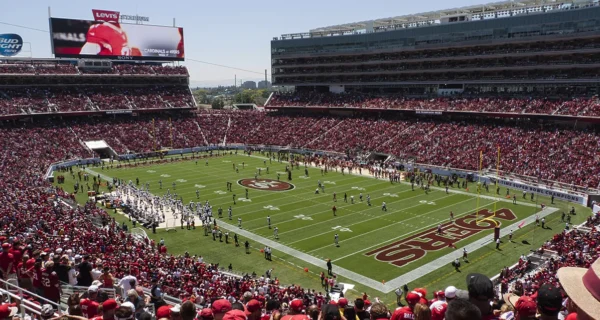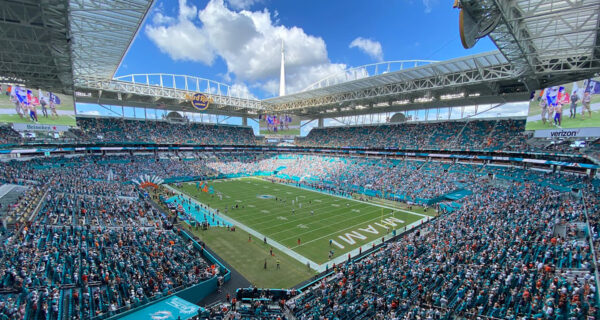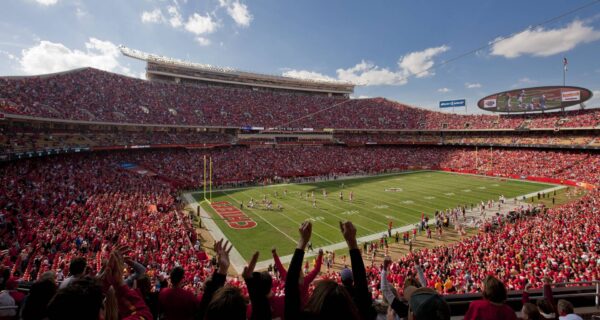The 2026 FIFA World Cup promises to be a groundbreaking event in soccer history. For the first time, three nations—the United States, Mexico, and Canada—will jointly host the prestigious tournament.
This edition marks several historic milestones: the first World Cup hosted by three countries, an expanded field of 48 teams (up from 32), and a total of 104 matches to be played across 16 spectacular venues.
The tournament will run from June 11 to July 19, 2026, bringing the beautiful game to North America in unprecedented fashion.
The Historic Nature of the 2026 FIFA World Cup
The 2026 tournament represents a significant evolution in World Cup history. Not only will it feature more teams and matches than ever before, but it also showcases the collaborative spirit of three soccer federations working together to create an unforgettable sporting spectacle.
Mexico will make history as the first nation to host the men’s World Cup three times (previously hosting in 1970 and 1986). The United States returns to hosting duties after its successful 1994 tournament, which still holds attendance records. For Canada, this marks its debut as a men’s World Cup host, though the country previously hosted the Women’s World Cup in 2015.
The tournament returns to the traditional northern summer schedule after Qatar 2022’s November-December timing. With matches spread across North America, the 2026 FIFA World Cup has organized venues into three regions—Western, Central, and Eastern—to minimize travel for teams and fans.
Host Countries Overview
United States: The Primary Host
The United States takes center stage with 11 host cities and stadiums, accounting for approximately three-quarters of all matches (60 games). These venues span the country from coast to coast, showcasing America’s impressive array of world-class sporting facilities.
All matches from the quarterfinals onward will take place in the U.S., including both semifinals and the final. The tournament’s championship match will be played at MetLife Stadium in the New York/New Jersey area on July 19, 2026.
Mexico: Making World Cup History
Mexico contributes three host cities—Mexico City, Monterrey, and Guadalajara—with each city hosting multiple group stage matches. Most notably, the iconic Estadio Azteca in Mexico City will host the tournament’s opening match on June 11, 2026.
As the first three-time World Cup host, Mexico brings tremendous experience and passionate soccer culture to the tournament. Mexican venues will host approximately 10 matches in total.
Canada: First-Time Host
Canada makes its debut as a men’s World Cup host with two cities—Toronto and Vancouver—selected as venues. Like Mexico, Canadian stadiums will host approximately 10 matches during the tournament, primarily group stage games.
The tournament offers Canada an opportunity to showcase its growing soccer culture and build on the success of hosting the 2015 Women’s World Cup.
Complete FIFA World Cup 2026 Stadium Guide
United States Stadiums
MetLife Stadium (New York/New Jersey)
- Capacity: 87,157
- Tournament Name: New York New Jersey Stadium
- Key Matches: Final (July 19, 2026), plus multiple group stage matches, Round of 32, Round of 16, and a quarterfinal

Located across the river from Manhattan, MetLife Stadium earned the coveted final match due to its massive capacity and proximity to New York City. The stadium boasts an impressive resume, having hosted the Super Bowl, numerous international soccer matches, and major concerts. The venue will be the culmination point of the entire tournament, crowning the world champion.
AT&T Stadium (Dallas)
- Capacity: 92,967
- Tournament Name: Dallas Stadium
- Key Matches: Semi-final, multiple group matches, knockout rounds

This architectural masterpiece in Arlington, Texas features a retractable dome and temperature control. With the largest capacity of any 2026 World Cup venue in the United States, AT&T Stadium embodies the “everything’s bigger in Texas” motto. The stadium’s massive HD screen and modern amenities make it one of the premier sports venues in the world.
Mercedes-Benz Stadium (Atlanta)
- Capacity: 75,000
- Tournament Name: Atlanta Stadium
- Key Matches: Semi-final, multiple group and knockout stage matches

Featuring a unique pinwheel-style retractable roof and a circular 58-foot by 1100-foot LED scoreboard, Atlanta’s Mercedes-Benz stadium offers one of the most innovative experiences in the tournament. The relatively new facility (opened in 2017) will host one of the tournament’s semi-finals.
SoFi Stadium (Los Angeles)
- Capacity: 70,240
- Tournament Name: Los Angeles Stadium
- Key Matches: Multiple group stage and knockout round matches

One of the newest and most technologically advanced stadiums in the world, SoFi Stadium opened in 2020 and represents the cutting edge of venue design. Located in Inglewood, the stadium brings World Cup soccer back to the Los Angeles area for the first time since 1994.
Lumen Field (Seattle)
- Capacity: 69,000
- Tournament Name: Seattle Stadium
- Key Matches: Group stage and knockout round matches

Known for its boisterous atmosphere during Seattle Sounders matches, Lumen Field brings a genuine soccer culture to the tournament. The stadium’s design amplifies crowd noise, potentially creating one of the most electric atmospheres of the World Cup.
Levi’s Stadium (San Francisco Bay Area)
- Capacity: 68,500
- Tournament Name: San Francisco Bay Area Stadium
- Key Matches: Group stage and knockout round matches
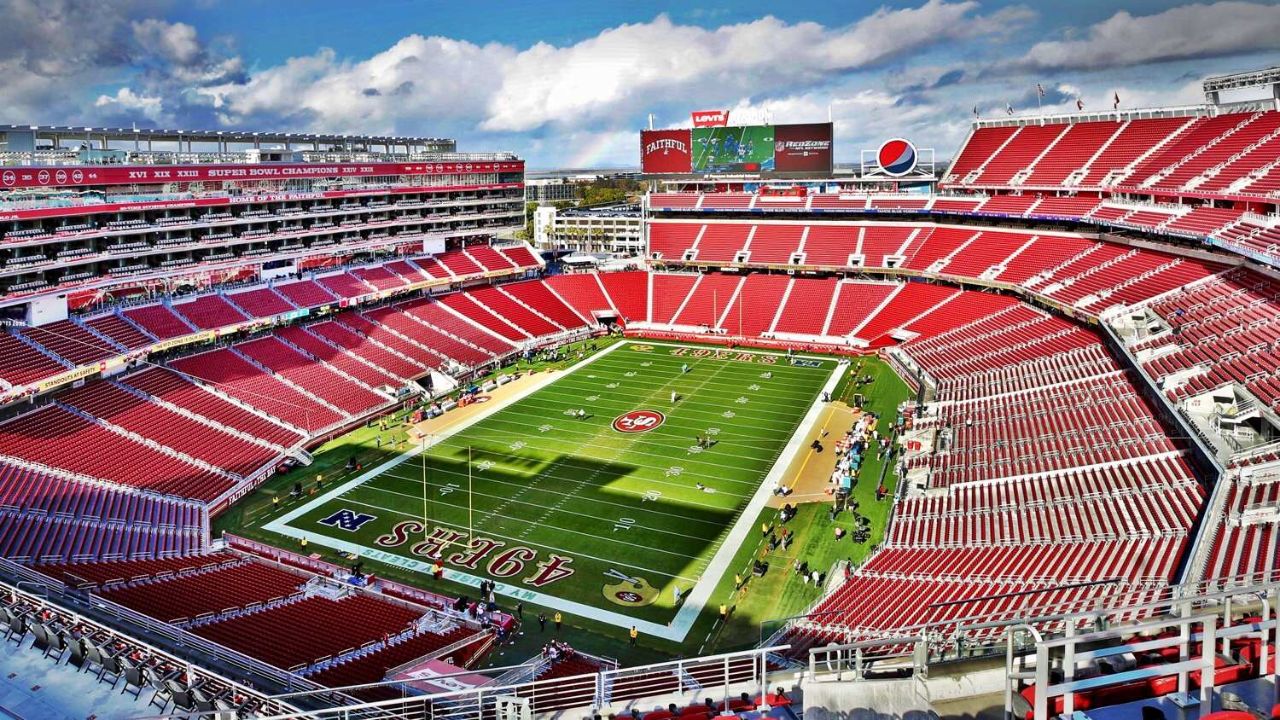
Home to the San Francisco 49ers, Levi’s Stadium in Santa Clara represents the Bay Area in the tournament. The venue is renowned for its technological innovations and sustainability features, including solar panels and a green roof.
Hard Rock Stadium (Miami)
- Capacity: 64,767
- Tournament Name: Miami Stadium
- Key Matches: Third-place match, quarter-final, group stage and early knockout rounds

After an extensive $350 million renovation completed in 2016, Hard Rock Stadium offers a modernized experience with improved seating, giant video boards, and a canopy roof. The venue will host the third-place playoff on July 18, 2026, the day before the final.
Arrowhead Stadium (Kansas City)
- Capacity: 76,416
- Tournament Name: Kansas City Stadium
- Key Matches: Quarter-final, group stage and early knockout rounds

Holding the Guinness World Record for “loudest crowd roar at a sports stadium,” Arrowhead Stadium promises an intense atmosphere. This historic venue represents America’s heartland and has a strong legacy in American sports.
NRG Stadium (Houston)
- Capacity: 72,220
- Tournament Name: Houston Stadium
- Key Matches: Group stage and knockout round matches

Part of the larger NRG Park complex, this stadium features a retractable roof, ensuring comfortable conditions regardless of Houston’s weather. The versatile venue has hosted everything from Super Bowls to international soccer friendlies.
Lincoln Financial Field (Philadelphia)
- Capacity: 69,796
- Tournament Name: Philadelphia Stadium
- Key Matches: Group stage and knockout round matches
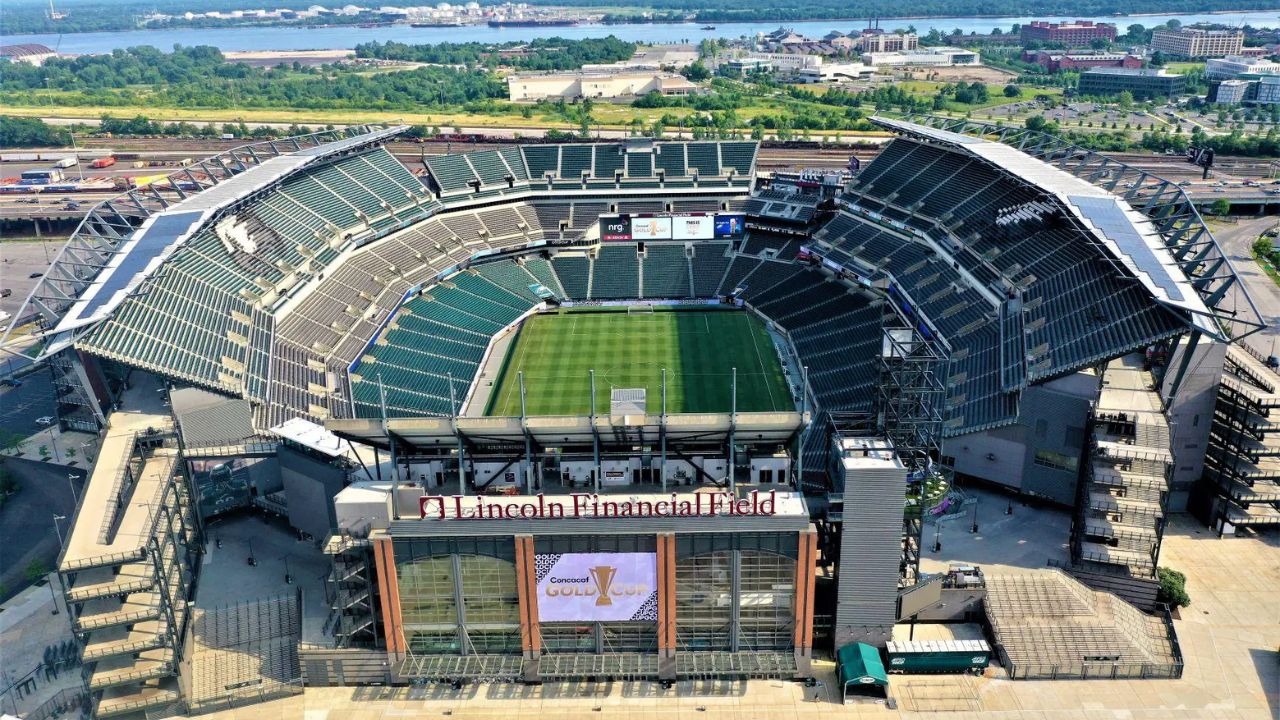
Home to the Philadelphia Eagles, “The Linc” brings the World Cup to one of America’s most historic cities. The stadium is known for its excellent sightlines and passionate crowds.
Gillette Stadium (Boston/Foxborough)
- Capacity: 65,878
- Tournament Name: Boston Stadium
- Key Matches: Quarter-final, group stage and early knockout matches

Located in Foxborough, Massachusetts, Gillette Stadium features a distinctive 218-foot lighthouse that provides panoramic views. Recently renovated, the stadium will showcase New England to the world during the tournament.
Mexico Stadiums
Estadio Azteca (Mexico City)
- Capacity: 87,523
- Tournament Name: Estadio Azteca Mexico City
- Key Matches: Opening match (June 11, 2026), multiple group stage matches

Perhaps the most historically significant stadium in the tournament, Estadio Azteca has already hosted two World Cup finals (1970 and 1986). The iconic venue will make history again by hosting the opening match of the 2026 tournament. Its volcanic rock construction and imposing presence make it one of football’s most revered cathedrals.
Estadio BBVA (Monterrey)
- Capacity: 53,460
- Tournament Name: Estadio Monterrey
- Key Matches: Group stage matches

Known as “The Steel Giant,” this relatively new stadium (opened in 2015) offers spectacular views of Monterrey’s mountainous landscape. The northwest section of the Estadio BBVA stadium provides vistas of the stunning Cerro de la Silla mountain.
Estadio Akron (Guadalajara)
- Capacity: 48,071
- Tournament Name: Estadio Guadalajara
- Key Matches: Group stage matches
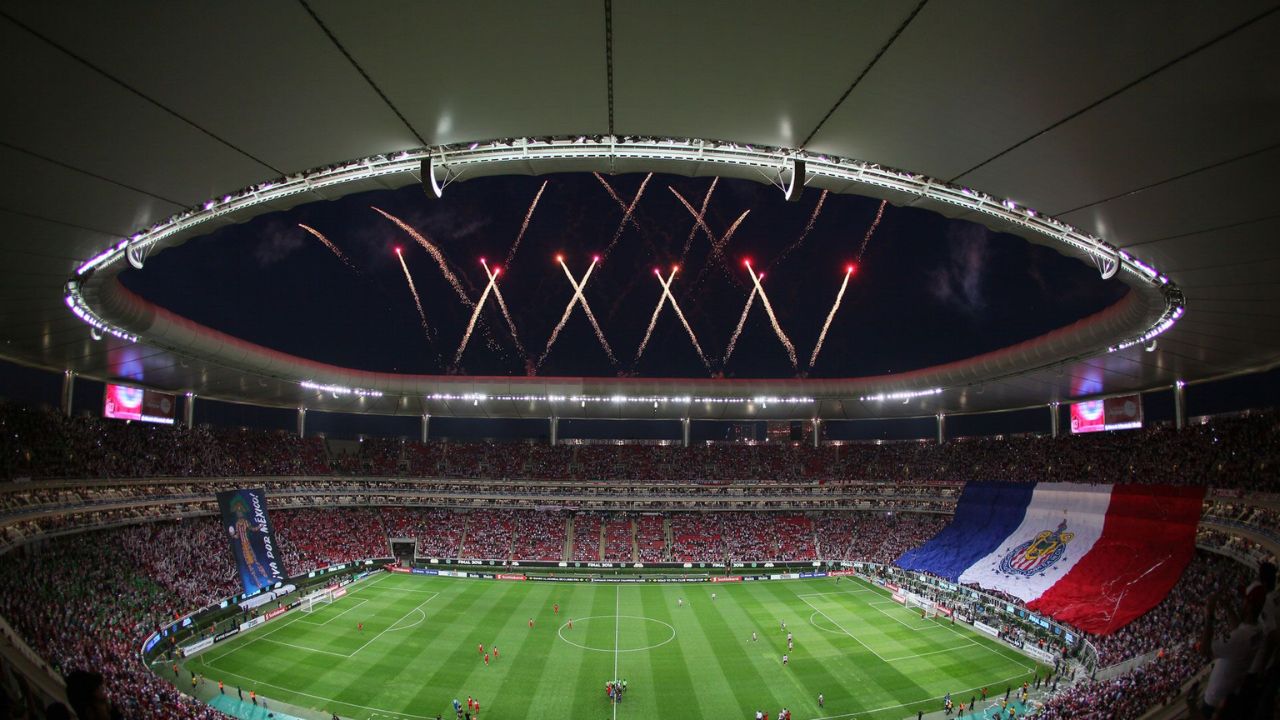
Home to Chivas, one of Mexico’s most popular clubs, Estadio Akron stadium brings the tournament to Guadalajara, Mexico’s second-largest city. The modern facility opened in 2010 and features contemporary amenities and design.
Canada Stadiums
BMO Field (Toronto)
- Capacity: 45,500 (expanded for the World Cup)
- Tournament Name: Toronto Stadium
- Key Matches: Group stage and a Round of 32 match

As the smallest venue in the tournament, BMO Field will undergo expansions to meet World Cup requirements. Home to Toronto FC and the Canadian national team, the stadium has been a catalyst for soccer’s growth in Canada.
BC Place (Vancouver)
- Capacity: 54,500
- Tournament Name: BC Place Vancouver
- Key Matches: Group stage and knockout round matches

With its retractable roof and spectacular mountain backdrop, BC Place stadium offers one of the most scenic settings of any World Cup stadium. The venue previously hosted the 2015 Women’s World Cup final.
Tournament Format and Schedule
The 2026 World Cup introduces a new format with 48 teams divided into 12 groups of four. The top two teams from each group, plus the eight best third-placed teams, will advance to a new Round of 32 knockout stage.
The tournament’s 104 matches will be played over 39 days, from June 11 to July 19, 2026. The schedule breaks down as follows:
- Group Stage: June 11-27, 2026
- Round of 32: June 28-July 3, 2026
- Round of 16: July 4-7, 2026
- Quarterfinals: July 9-11, 2026
- Semifinals: July 14-15, 2026
- Third Place Playoff: July 18, 2026
- Final: July 19, 2026
For teams reaching the final, the tournament journey includes eight matches instead of the previous seven, adding another layer of challenge to becoming world champions.
Regional Organization of Venues
To optimize travel for teams and fans, the organizing committee has divided the host cities into three geographic regions:
- Western Region: Vancouver, Seattle, San Francisco Bay Area, Los Angeles
- Central Region: Guadalajara, Mexico City, Monterrey, Houston, Dallas, Kansas City
- Eastern Region: Toronto, Boston, Philadelphia, New York/New Jersey, Atlanta, Miami
This regional approach aims to minimize long-distance travel during the group stage, with teams generally playing their matches within a single region. The Central Region will host four groups (24 matches), the Western Region will host three groups, and the Eastern Region will host the remaining groups, including a shared-region group with Canada.
FAQs
1. Which stadium will host the 2026 World Cup final?
MetLife Stadium in East Rutherford, New Jersey (near New York City) will host the final match on July 19, 2026. With a capacity of over 87,000 spectators, this venue was selected from among several contenders for the prestigious closing match.
2. How many stadiums will be used for the 2026 FIFA World Cup?
A total of 16 stadiums across three countries will host matches for the 2026 World Cup. This includes 11 stadiums in the United States, three in Mexico, and two in Canada, making it the most geographically diverse tournament in World Cup history.
3. Which cities in Canada are hosting World Cup 2026 matches?
Toronto and Vancouver are the two Canadian cities selected to host matches. Toronto’s BMO Field will host five group stage matches and a Round of 32 game, with Vancouver’s BC Place also hosting multiple matches during the tournament.
4. Will any new stadiums be built for the 2026 World Cup?
No new stadiums will be constructed specifically for the 2026 World Cup. All 16 venues already exist, though some will undergo renovations and temporary expansions to meet FIFA requirements for capacity and facilities before the tournament begins.
5. What is the largest stadium for the 2026 World Cup?
AT&T Stadium in Arlington, Texas (Dallas area) is the largest venue with a capacity of nearly 93,000 spectators. This massive facility features a retractable roof and will host one of the tournament’s semi-final matches.
6. How many matches will be played in each host country?
The United States will host approximately 60 matches, representing three-quarters of the tournament’s 104 total games. Mexico and Canada will each host about 10 matches, primarily during the group stage of the competition.
7. Which stadium will host the opening match of the 2026 World Cup?
The historic Estadio Azteca in Mexico City will host the opening match on June 11, 2026. This iconic stadium has previously hosted two World Cup finals (1970 and 1986) and is deeply embedded in soccer history.
8. How are the stadiums grouped geographically for the tournament?
The 16 stadiums are divided into three regions: Western (Vancouver, Seattle, San Francisco, Los Angeles), Central (Guadalajara, Mexico City, Monterrey, Houston, Dallas, Kansas City), and Eastern (Toronto, Boston, Philadelphia, New York, Atlanta, Miami) to minimize travel distances.
9. What makes Estadio Azteca historically significant for the World Cup?
Estadio Azteca holds a special place in World Cup history as the only stadium to host two finals (1970 and 1986). The venue witnessed legendary moments including Pelé’s Brazil victory in 1970 and Maradona’s “Hand of God” goal and “Goal of the Century” in 1986.
10. How will FIFA handle the different stadium naming rights during the World Cup?
Due to FIFA’s policy against using non-sponsor corporate names, most stadiums will be temporarily renamed during the tournament. For example, Mercedes-Benz Stadium will be called “Atlanta Stadium” and Hard Rock Stadium will become “Miami Stadium” for World Cup matches.






